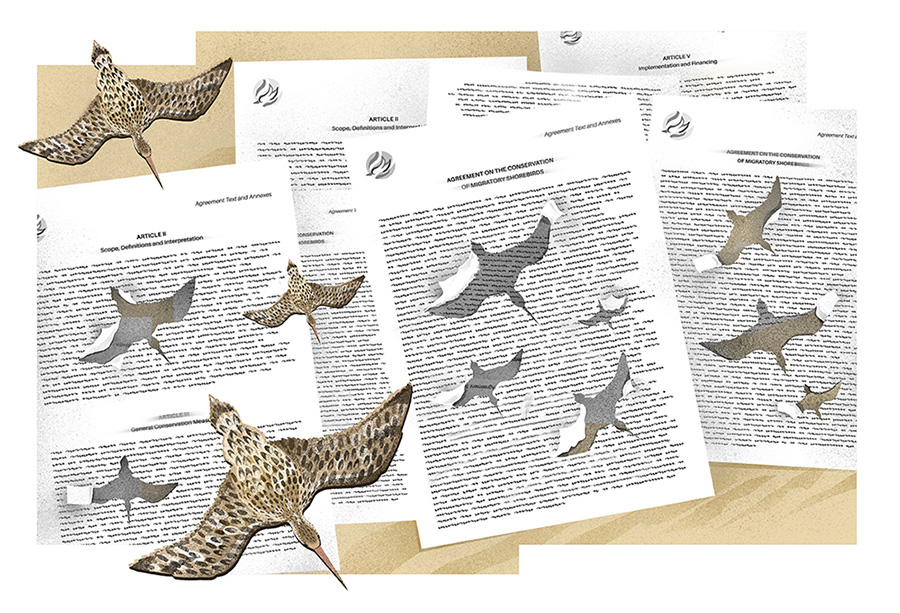Each culture has a very specific relationship with nature, and the mere idea of nature also varies among cultures. In this study, we browsed 76 of the most spoken languages in the world, in order to see what word they use to refer to “nature”.
We were surprised to find that all these languages use only a handful of words for “nature”, which are widespread across languages and linguistic families, and embrace closely the distribution of the main religions: a Latin-derived word for Catholics and Protestants, a Slav-derived word for Orthodox Christians (except Greece, where an ancient Greek word is used), an Arabic-derived word throughout the Islamic world (except Turkey, Pakistan and Indonesia), a Sanskrit-derived word in most of India, a Pāli-derived word in Buddhist South-East Asia, and a Chinese-derived word in East Asia. Hence, it looks like the idea of nature appeared with advanced civilizations, and organized religions (Ducarme & Couvet, 2020). No word (hence no idea of “nature”) was found in traditional languages outside major urbanized civilizational areas, which is consistent with the anthropological literature (such as Descola, 2013).

We isolated 5 main semantic clusters among these words sharing a common etymological meaning despite distinct origins, which can be summed up as follows: birth (Latin, Turkish, Slavic, Amharic), proliferation (Greek, Sanskrit, Magyar), spontaneity (Chinese, Finnish, Tamil), original mark (Semitic languages) and what follows rules (Urdu and Pāli).

All these represent different visions of nature, and only the Semitic-derived one (“original mark”), influenced by monotheism, describes nature as something passive, created by an almighty God dominating it, hence allowing humanity to do the same. Today’s worldwide conservation of nature is mostly inspired by 19th-century North American conservationism, which was rooted in a very specific cultural and religious context. Hence, such a vision of nature conservation may not be legitimate in other countries, or even no longer in the Western world. For example, the North American tradition cherishes the idea of “wilderness” (Callicott & Nelson, 1998), places of Creation seemingly unaltered by (white) Man: such an idea can’t exist in many regions such as Europe or India, which have been populated virtually forever, and where mankind is a part of “nature”.
We, therefore, advocate for rooting conservation in local cultures and matching the local vision of nature, which does include humans in many cultures. Now that the Western vision of nature in question, it may be time for a greater diversity of cultural ideas of nature, concepts, and uses to be incorporated into mainstream conservation initiatives, which would especially help in the inclusion of ecosystem services and large-scale biochemical cycles.
Further reading
Ducarme, F., Flipo, F. and Couvet, D. 2020. How the diversity of human concepts of nature affects conservation of biodiversity. Conservation Biology. https://conbio.onlinelibrary.wiley.com/doi/10.1111/cobi.13639
Callicott, J. B., & Nelson, M. P. (Eds.). 1998. The Great New Wilderness Debate. University of Georgia Press.
Descola, P. (2013). Beyond Nature and Culture. (J. Lloyd, Ed.). Chicago: Chicago University Press. https://doi.org/10.1073/pnas.0703993104
Ducarme, F., & Couvet, D. (2020). What does “nature” mean ? Nature Humanities and Social Sciences Communications, 6(14), 1–8. https://doi.org/10.1057/s41599-020-0390-y






